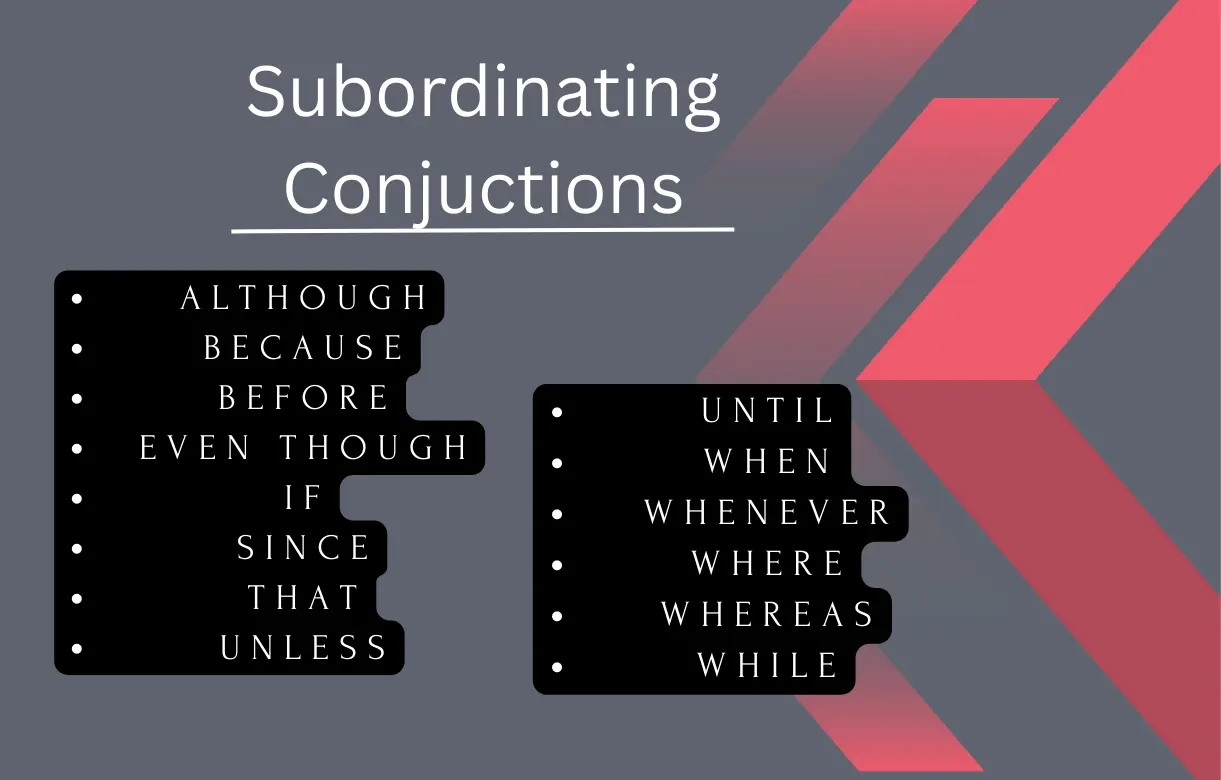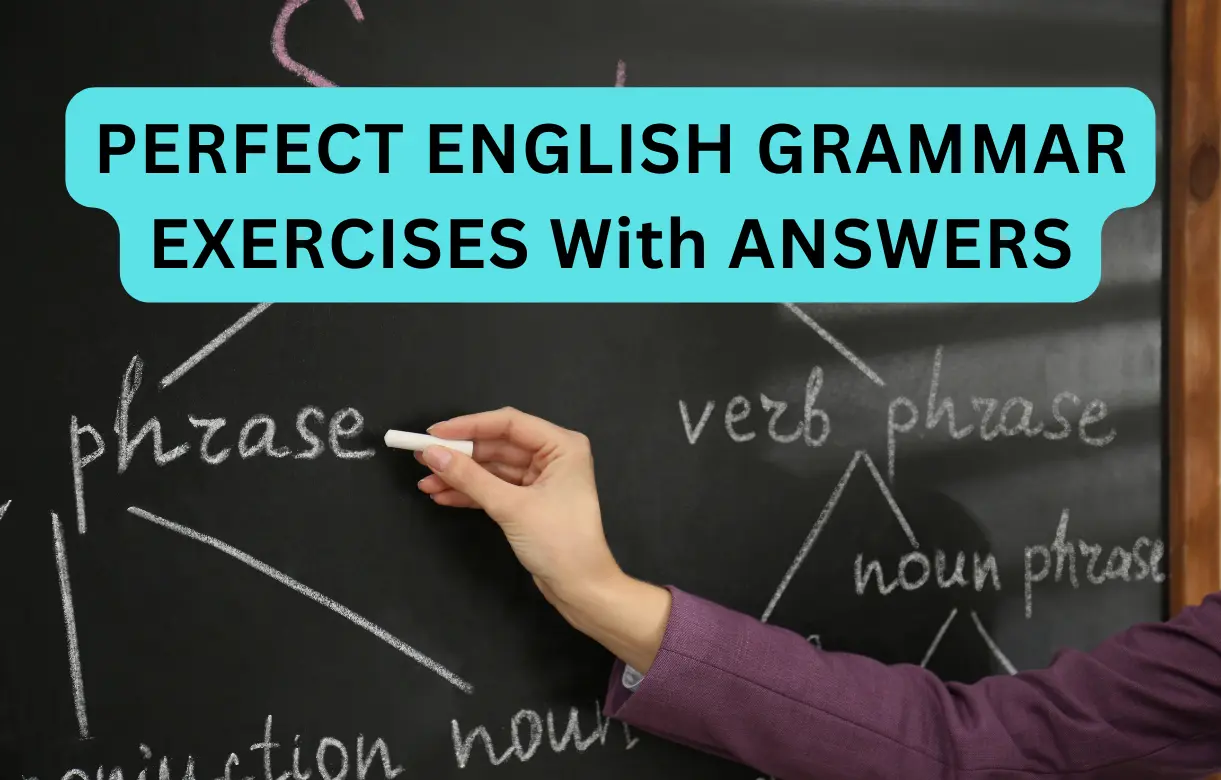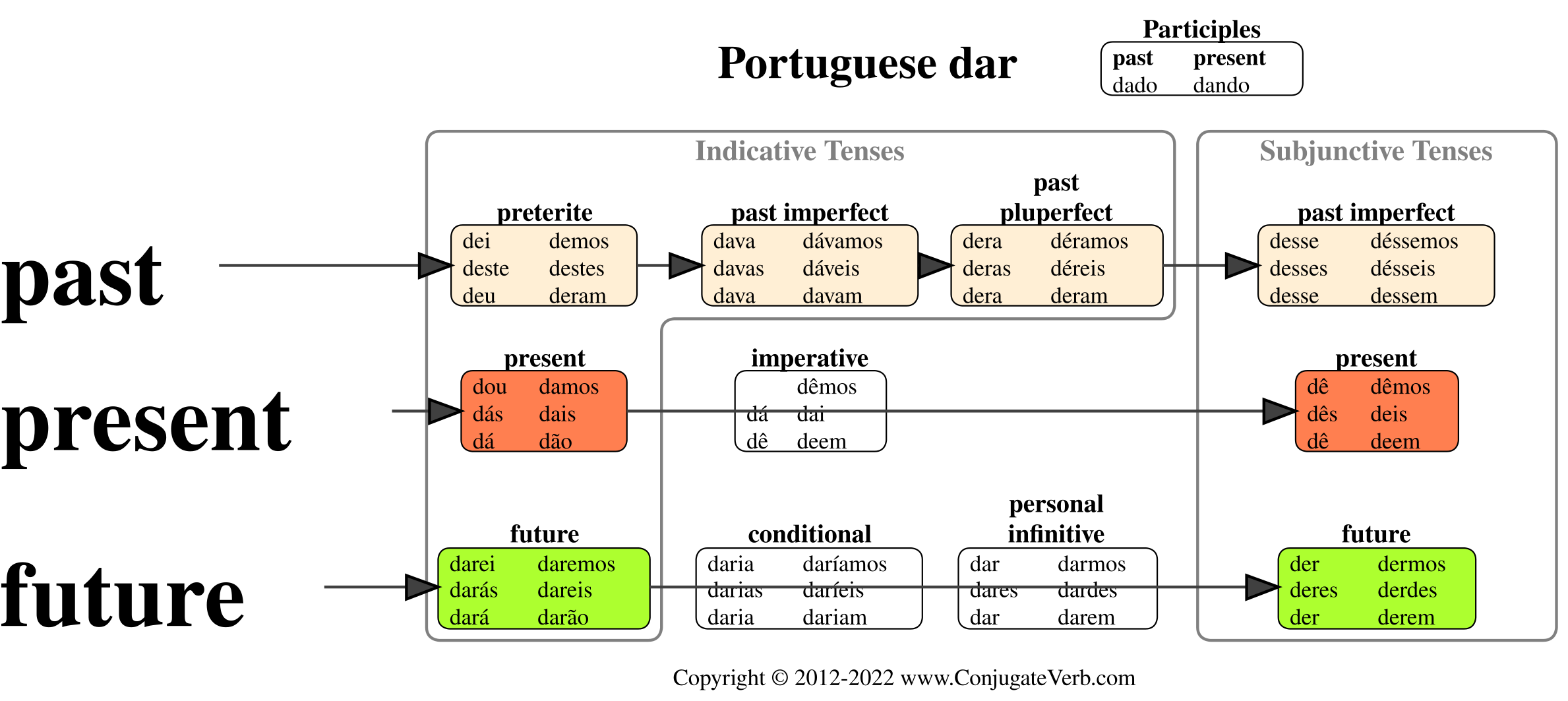When it comes to understanding English grammar, one of the most important concepts to master is the use of subordinating conjunctions. Subordinating conjunctions are a type of conjunction that connect a subordinate (dependent) clause to a main (independent) clause. In other words, they help to join two related ideas in a sentence, with one idea being subordinate to the other.
In this comprehensive guide, we will explore the different types of subordinating conjunctions in English, their uses, and provide examples and bullet points to help you better understand this important grammatical concept.
What are Subordinating Conjunctions?
Subordinating conjunctions are words that are used to connect a subordinate clause to a main clause in a sentence. These conjunctions create a relationship of dependence between the subordinate clause and the main clause, indicating that the idea expressed in the subordinate clause is less important than the idea expressed in the main clause.
Common Subordinating Conjunctions
There are many different subordinating conjunctions in English, but some of the most common ones include:
- Although
- Because
- Before
- Even though
- If
- Since
- That
- Unless
- Until
- When
- Whenever
- Where
- Whereas
- While
Examples of Subordinating Conjunctions
Here are some examples of how subordinating conjunctions can be used in sentences:
- Although it was raining, we went for a walk.
- Because I woke up late, I missed the train.
- Before you go to bed, brush your teeth.
- Even though I studied hard, I failed the exam.
- If it rains, we will stay inside.
- Since I started exercising, I have lost weight.
- That is the book that I was looking for.
- Unless you finish your homework, you can’t watch TV.
- Until we finish the project, we can’t take a break.
- When I saw the movie, I cried.
- Whenever I hear that song, I feel happy.
- Where you go, I will follow.
- Whereas I prefer coffee, my brother likes tea.
- While I was cooking, the phone rang.
Uses of Subordinating Conjunctions
Subordinating conjunctions can be used to indicate a variety of relationships between two ideas in a sentence. Here are some of the most common uses of subordinating conjunctions:
- Time: Subordinating conjunctions can be used to indicate when something happened or will happen, such as “before”, “after”, “when”, “while”, and “since”.
- Cause and effect: Subordinating conjunctions can be used to indicate the reason for something or the result of something, such as “because”, “since”, “so that”, and “that”.
- Condition: Subordinating conjunctions can be used to indicate a condition that must be met for something else to happen, such as “if”, “unless”, and “provided that”.
- Contrast: Subordinating conjunctions can be used to indicate a contrast between two ideas, such as “although”, “even though”, and “whereas”.
- Purpose: Subordinating conjunctions can be used to indicate the purpose or goal of something, such as “so that” and “in order that”.
- Place: Subordinating conjunctions can be used to indicate the place where something happened or will happen, such as “where” and “wherever”.
Subordinating Conjunctions of Time
Subordinating Conjunctions of Time are used to connect clauses that express time relationships. These conjunctions are used to show when an action takes place in relation to another action or event. Here are some common subordinating conjunctions of time:
- After: This conjunction is used to connect two events that happen in sequence. For example: “After I finish my homework, I will watch TV.”
- Before: This conjunction is used to connect two events where one happens before the other. For example: “I will finish my homework before I watch TV.”
- When: This conjunction is used to connect two events that happen at the same time. For example: “I like to listen to music when I’m working.”
- While: This conjunction is used to connect two events that happen at the same time, but one may continue after the other has ended. For example: “I was watching TV while my sister was studying.”
- Since: This conjunction is used to connect two events where one started before the other and is still happening. For example: “I have been studying English since I was in high school.”
By using these subordinating conjunctions of time, you can clearly express the time relationships between different actions or events in your sentences.
Subordinating Conjunctions of Place
Subordinating conjunctions of place are used to connect clauses that express a relationship in terms of location or place. These conjunctions are used to show where an action takes place or where something is located. Here are some common subordinating conjunctions of place:
- Where: This conjunction is used to connect two clauses that describe a specific location. For example: “I found the book where I left it.”
- Anywhere: This conjunction is used to connect clauses that describe a general location. For example: “You can find good food anywhere you go in this city.”
- Everywhere: This conjunction is used to connect clauses that describe a wide or general area. For example: “I looked everywhere for my keys.”
- Wherever: This conjunction is used to connect clauses that describe any location that satisfies a condition. For example: “I will meet you wherever you want.”
- Here: This conjunction is used to connect clauses that describe a specific location that is close to the speaker. For example: “I will wait for you here.”
By using these subordinating conjunctions of place, you can clearly express the location or place relationships between different actions or events in your sentences.
Subordinating Conjunctions of Reason
Subordinating conjunctions of reason, also known as subordinating conjunctions of cause and effect, are used to connect clauses that express a cause and effect relationship.
These conjunctions are used to show why something happened or what happened as a result of something else. Here are some common subordinating conjunctions of reason:
- Because: This conjunction is used to connect two clauses that express a cause and effect relationship. For example: “I didn’t go to the party because I was feeling sick.”
- Since: This conjunction is used to connect two clauses where the second clause explains the reason for the first clause. For example: “Since it’s raining, I’ll stay at home.”
- As: This conjunction is used to connect two clauses that express a cause-and-effect relationship, where the second clause explains the reason for the first clause. For example: “I couldn’t hear the phone as the music was too loud.”
- So that: This conjunction is used to connect two clauses where the second clause explains the purpose of the first clause. For example: “I study hard so that I can get good grades.”
- Therefore: This conjunction is used to connect two clauses where the second clause expresses the result of the first clause. For example: “I woke up late, therefore I missed the bus.”
By using these subordinating conjunctions of reason, you can clearly express the cause-and-effect relationship between different actions or events in your sentences.
Subordinating Conjunctions of Condition
Subordinating conjunctions of condition are used to connect clauses that express a condition that must be met in order for something to happen or for an action to occur.
These conjunctions are used to show the relationship between a hypothetical situation and its outcome. Here are some common subordinating conjunctions of condition:
- If: This conjunction is used to connect two clauses where the second clause describes what will happen if the condition in the first clause is met. For example: “If I have time, I will go to the gym.”
- Unless: This conjunction is used to connect two clauses where the second clause describes what will happen if the condition in the first clause is not met. For example: “I won’t go to the party unless my friends go too.”
- Whether: This conjunction is used to connect two clauses where the second clause expresses the possible outcomes of a hypothetical situation described in the first clause. For example: “I don’t know whether he will come to the meeting or not.”
- Provided that: This conjunction is used to connect two clauses where the second clause describes what will happen if the condition in the first clause is met. For example: “I will lend you the money provided that you pay me back next month.”
- In case: This conjunction is used to connect two clauses where the second clause describes what should be done in case the situation in the first clause occurs. For example: “Take an umbrella with you in case it rains.”
By using these subordinating conjunctions of condition, you can clearly express the relationship between a hypothetical situation and its possible outcomes in your sentences.
Subordinating Conjunctions of Concession
Subordinating conjunctions of concession are used to connect clauses that express an unexpected or surprising contrast to the previous clause.
These conjunctions are used to show a concession or exception to the main idea expressed in the sentence. Here are some common subordinating conjunctions of concession:
- Although: This conjunction is used to connect two clauses that express a surprising contrast to each other. For example: “Although I studied hard, I failed the test.”
- Even though: This conjunction is used to connect two clauses that express a surprising contrast to each other, where the second clause emphasizes the first. For example: “Even though I studied hard, I still failed the test.”
- While: This conjunction is used to connect two clauses that express a surprising contrast to each other, where the second clause provides an alternative view. For example: “I like summer, while my sister prefers winter.”
- Though: This conjunction is used to connect two clauses that express a surprising contrast to each other, where the second clause expresses a concession or exception. For example: “I will still buy the car, though it is expensive.”
- Despite: This conjunction is used to connect two clauses that express a surprising contrast to each other, where the second clause expresses a concession or exception to the first. For example: “Despite the rain, I went for a walk.”
By using these subordinating conjunctions of concession, you can clearly express an unexpected or surprising contrast to the main idea expressed in your sentences, and show that there are exceptions to what might be expected.
Subordinating Conjunctions of Manner
Subordinating conjunctions of manner are used to connect clauses that express the manner or way in which an action is done. These conjunctions help to explain how the action is performed. Here are some common subordinating conjunctions of manner:
- As: This conjunction is used to introduce a subordinate clause that expresses the manner in which an action is done. For example: “He runs as if he is being chased.”
- Like: This conjunction is used to introduce a subordinate clause that expresses a comparison or similarity in manner. For example: “She sings like an angel.”
- As if / as though: This conjunction is used to introduce a subordinate clause that expresses a comparison or similarity in manner. For example: “She talks as if she knows everything.”
- The way: This conjunction is used to introduce a subordinate clause that expresses the manner in which an action is done. For example: “He dances the way his grandfather did.”
By using these subordinating conjunctions of manner, you can add more detail and clarity to your sentences by showing how actions are performed. They can help to create a more vivid picture in the reader’s mind of what is happening in the sentence.
Subordinating conjunctions of comparison
Subordinating conjunctions of comparison are used to connect clauses that express a comparison between two things or ideas. These conjunctions help to show the relationship between the two things being compared. Here are some common subordinating conjunctions of comparison:
- Than: This conjunction is used to introduce a subordinate clause that expresses a comparison between two things or ideas. For example: “He is taller than his brother.”
- As…as: This conjunction is used to introduce a subordinate clause that expresses an equality in comparison. For example: “He is as tall as his father.”
- The same…as: This conjunction is used to introduce a subordinate clause that expresses an equality in comparison. For example: “The book is the same price as last year.”
- Like: This conjunction is used to introduce a subordinate clause that expresses a comparison between two things or ideas. For example: “She looks like her mother.”
By using these subordinating conjunctions of comparison, you can clearly express the relationship between two things being compared. They can help to create a more clear and concise comparison in your writing, and avoid confusion or ambiguity in your sentences.
Subordinating Conjunctions Require the use of Commas!
Subordinating conjunctions often require the use of commas in a sentence. Here are some rules to keep in mind when using subordinating conjunctions and commas:
- Use a comma when the subordinating conjunction comes at the beginning of a sentence. For example: “Because he was tired, he went to bed early.”
- Do not use a comma when the subordinating conjunction comes in the middle of a sentence. For example: “He went to bed early because he was tired.”
- Use a comma to separate the subordinate clause from the main clause when the subordinate clause comes before the main clause. For example: “Although he was tired, he stayed up late to finish his work.”
- Do not use a comma to separate the subordinate clause from the main clause when the subordinate clause comes after the main clause. For example: “He stayed up late to finish his work although he was tired.”
By following these rules, you can use subordinating conjunctions and commas effectively in your writing to create clear and concise sentences. Proper use of commas can help to avoid confusion or ambiguity in your sentences, and ensure that your meaning is clear to your readers.
Subordinating conjunctions and Relative Pronouns
Subordinating conjunctions and relative pronouns are both used to create subordinate clauses in sentences, but they serve different functions.
Subordinating conjunctions are used to connect independent and dependent clauses. They introduce a subordinate clause that depends on the main clause for its meaning. Some examples of subordinating conjunctions include “because,” “since,” “although,” “while,” and “if.”
Relative pronouns, on the other hand, are used to connect a subordinate clause to a noun or pronoun in the main clause. They introduce a relative clause that describes the noun or pronoun. Some examples of relative pronouns include “who,” “whom,” “whose,” “which,” and “that.”
Here’s an example to show the difference:
- Subordinating conjunction: I went to bed early because I was tired.
- Relative pronoun: The book that I read last night was really good.
In the first example, “because” is a subordinating conjunction that introduces a clause that depends on the main clause for its meaning. In the second example, “that” is a relative pronoun that introduces a clause that describes the noun “book.”
While both subordinating conjunctions and relative pronouns create subordinate clauses, they serve different purposes and have different structures. It’s important to use them correctly to ensure that your writing is clear and concise.



